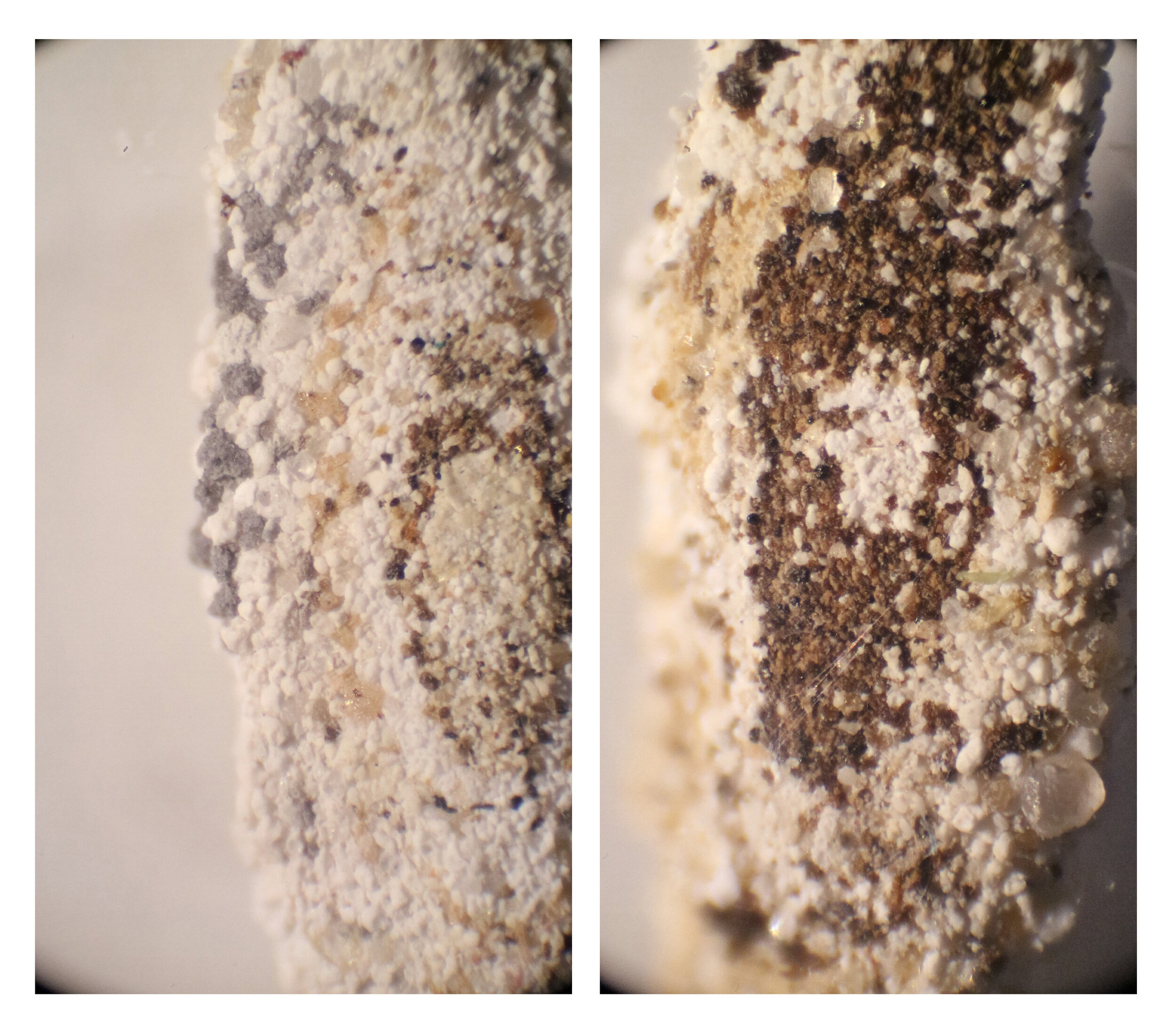Household Casebearer
Meet your personal portrait artist, the Household Casebearer, Phereoeca uterella. Using remnants of your daily life and even tiny pieces of you, these micro artists spin a tiny sculpture in which they live.
When it comes to the remarkable world of insects, the Household Casebearer stands out as an intriguing creature that captures our curiosity. Although small in size, this moth species has developed a unique and fascinating behavior that sets it apart. In this blog post, we will delve into the intriguing life of the Household Casebearer, exploring its appearance, lifecycle, habitat, and the captivating ways in which it constructs its protective homes.
Appearance and Identification: The Household Casebearer moth is a tiny species, with adults measuring only around 8 to 10 millimeters in length. They have narrow wingspan, typically ranging from 12 to 15 millimeters. The wings of this moth are light brown or grayish, sometimes featuring intricate patterns or markings that aid in camouflage. Additionally, they possess long, slender antennae, which they use to navigate and detect pheromones.
Lifecycle and Behavior: The life cycle of the Household Casebearer begins with the female moth laying tiny, oval-shaped eggs on surfaces such as walls, ceilings, or household items. Once hatched, the larvae begin constructing their unique protective cases using silk and materials found in their surroundings. These cases act as their portable homes and serve as protection against predators, environmental conditions, and even chemical exposure.
Case Construction: The most fascinating aspect of the Household Casebearer is its exceptional talent for constructing protective cases. The larvae employ silk to create these cases, which are formed by attaching small pieces of debris, such as lint, fabric fibers, dead skin cells, or even leftover bits from your dinner, to the exterior. The cases are not fixed structures but instead expand as the larvae grow, accommodating their changing size. This adaptive construction ensures the larvae can comfortably live within their mobile homes, which they carry with them wherever they go.
Habitat and Range: True to its name, the Household Casebearer is often found indoors, particularly in residential areas. They prefer warm and dry environments, making human dwellings an ideal habitat. These moths can be found in various regions worldwide, including North America, Europe, Asia, and Australia. They are most commonly sighted in kitchens, pantries, closets, and other areas where food and fabrics are present.
Nuisance or Harm: While the Household Casebearer may startle or annoy homeowners, they are generally considered harmless. They do not cause structural damage or pose a significant threat to human health. However, they may infest stored food products or certain fabrics, such as wool or silk, leading to mild damage. Maintaining cleanliness, regular vacuuming, and proper storage can help prevent infestations and minimize their impact.
The ability of the Household Casebearer to create protective homes showcases the incredible adaptations that insects have developed to survive in diverse environments. These small, seemingly insignificant creatures demonstrate their resourcefulness and resilience, serving as a reminder of the intricacies of the natural world.
The Household Casebearer may be diminutive in size, but its behavior and construction skills leave a lasting impression. From its modest beginnings as an egg to its intricately constructed mobile home, this moth showcases nature's ingenuity and adaptability. While it may occasionally find its way into our households, understanding and appreciating the Household Casebearer's unique characteristics allows us to coexist peacefully with these fascinating insects.
Under the microscope, we can see the full detail of these complex structures. Next time you see a small speck on your wall or a tiny bug in your window sill or screen door, know that there is a vast world of beauty beyond our vision. That world is the Infinite Tiny. Welcome.
Phereoeca uterella, the tiny artist on our walls.
Photographed through a compound microscope at 4x magnification.
Photomicrographs by Jehnifer Henderson.

